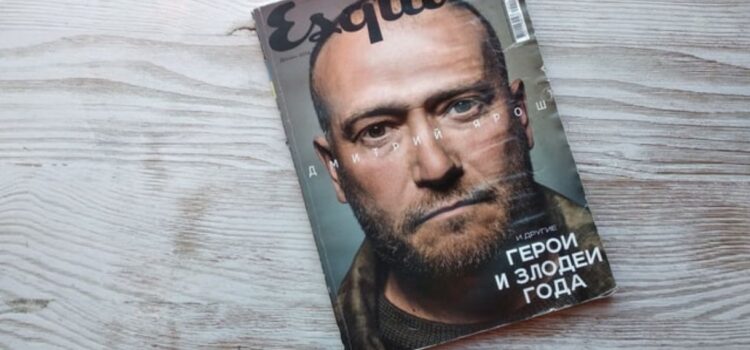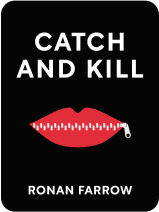

This article is an excerpt from the Shortform book guide to "Catch and Kill" by Ronan Farrow. Shortform has the world's best summaries and analyses of books you should be reading.
Like this article? Sign up for a free trial here .
What is a catch and kill contract? How do tabloids use it to protect people in power from negative press?
A catch and kill contract is the practice where a tabloid buys legal rights to a story that contains incriminating information. They then ‘kill the story’ by refusing to publish it as a way of protecting the concerned individual from negative press.
Keep reading for more about the catch and kill contract and a real-world example of how it is executed in practice.
The Catch and Kill Contract in Journalism
In the journalistic world, a catch and kill contract is the practice of editors buying legal rights to a story (usually an expose) and then refusing to publish it for the benefit of the third party.
Example: AMI and the National Enquirer
American Media, Inc, publishers of the National Enquirer, are known for their long and sordid history of using catch and kill contracts to protect powerful men like Donald Trump and Harvey Weinstein from negative press. They did this by blackmailing and threatening people (chiefly women) who accused such men of misconduct.
AMI would acquire the legal rights to the stories of former mistresses or employees who had accused such men of sexual impropriety or marital infidelity. They would then intimidate or bribe these accusers into signing away their rights to ever publicly discuss the accusations, in exchange for hush money, through a contract known as a non-disclosure agreement (NDA). If the accusers were reluctant to sign, AMI would threaten to humiliate them in the pages of the National Enquirer by running negative stories about them. They would be threatened with financially punitive legal action if they ever breathed a word of their story to anyone or even acknowledged the existence of the agreement. AMI would then arrange to have the stories buried by refusing to publish them.
AMI had forged a close working relationship with Harvey Weinstein, a relationship that benefited both parties. Weinstein, of course, was able to use his connections with AMI to bury stories about his criminality and bully his accusers into silence. AMI, on the other hand, made a partner and ally out of one of the most powerful and well-connected people in Hollywood—and gained invaluable leverage over Weinstein, should the company ever need to use it.
When actress Rose McGowan claimed via Twitter that she had been raped by a Hollywood mogul in the 1990s (whom many in the film industry knew to be Weinstein), it prompted speculation among the general public about the identity of her rapist. AMI went into full attack mode as part of a preemptive defense of Weinstein, with the editor-in-chief of the Enquirer declaring to his staff, “I want dirt on that bitch.”

———End of Preview———
Like what you just read? Read the rest of the world's best book summary and analysis of Ronan Farrow's "Catch and Kill" at Shortform .
Here's what you'll find in our full Catch and Kill summary :
- How Ronan Farrow uncovered rampant sexual abuse and assault by Harvey Weinstein
- How NBC tried to intimidate Farrow into killing the Weinstein story
- How the media and legal systems let Weinstein's abuse continue for decades






